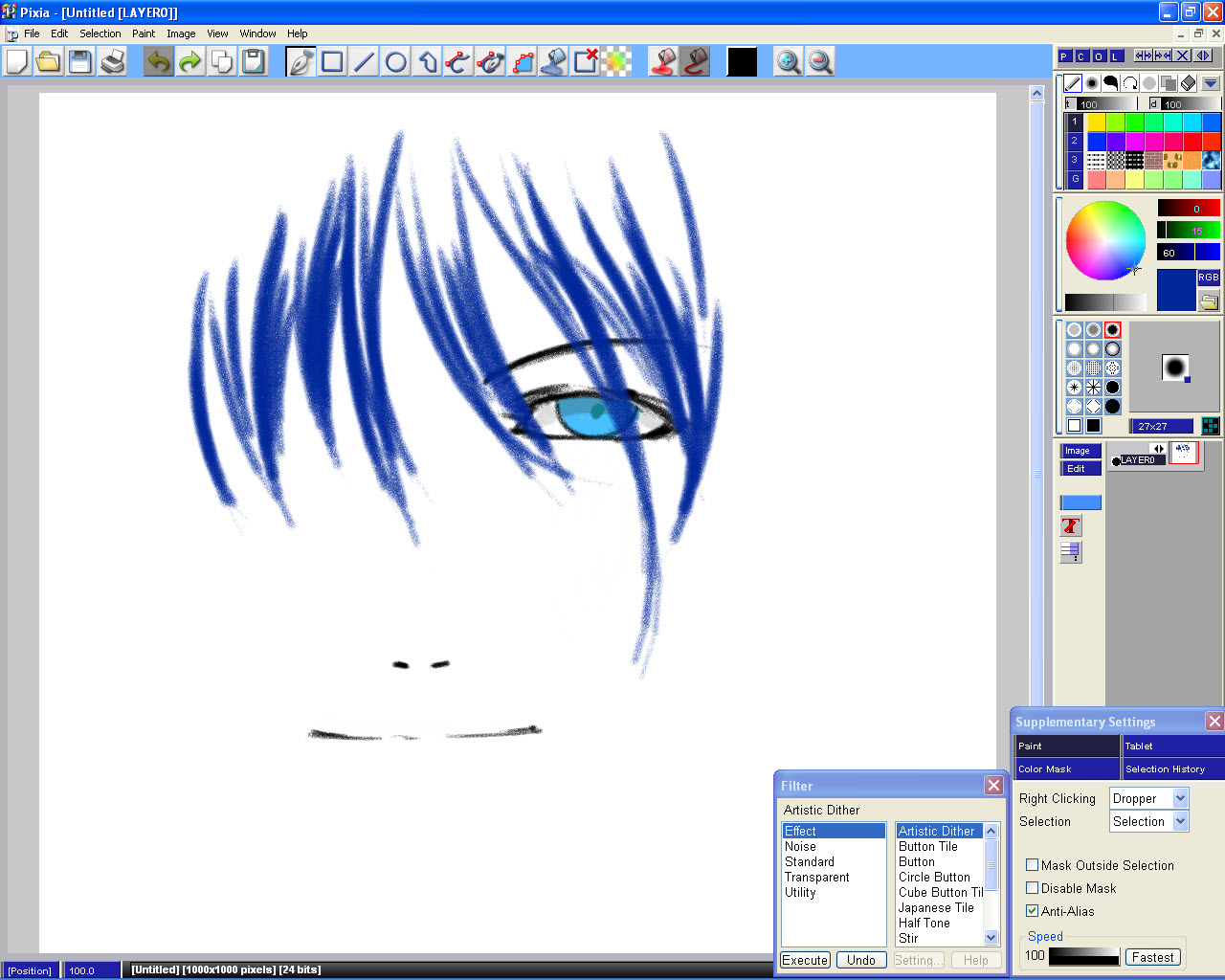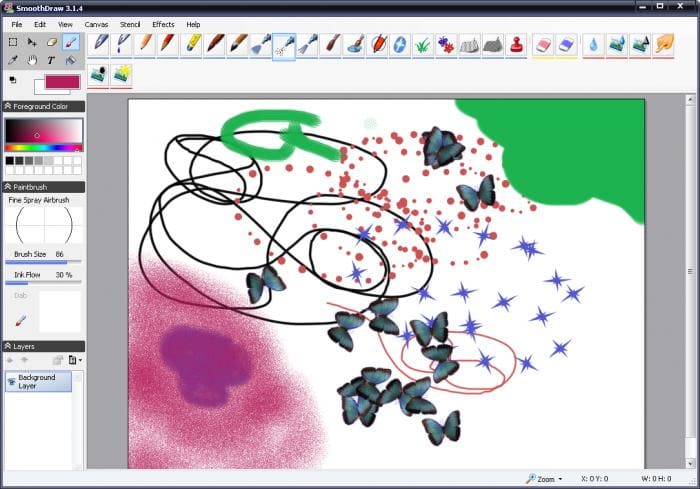

One of the problems with many early graphics programs was that as you dragged a shape or image across the screen, it had to be erased from its old position before being redrawn, which caused a distracting flicker. SketchPad used menus to select patterns and styles to draw with, but Bill replaced them with permanent palettes at the bottom of the screen, and added another prominent palette on the left that contained drawing tools. Andy Hertzfeld, another key member of the team, considers QuickDraw “the single most significant component of the original Macintosh technology” in its ability to “push pixels around in the frame buffer at blinding speeds to create the celebrated user interface.”²

He started work on the Mac version in early 1983.Ītkinson also created Quickdraw first for the Lisa, as LisaGraf. He based it on his earlier LisaSketch (also called SketchPad) for the unsuccessful Apple Lisa computer, so he originally called it MacSketch. MacPaint was written by Bill Atkinson, who was a member of the original Macintosh development team. QuickDraw source (37 files, 180.4k) The story of MacPaint and QuickDraw

It consists of a total of 17,101 lines in 36 files, all written in assembler language for the 68000. QuickDraw is the Macintosh library for creating bit-mapped graphics, which was used by MacPaint and other applications. MacPaint version 1.3 source code (5 files, 67.8k) There are an additional 3,583 lines of code in assembler language for the underlying Motorola 68000 microprocessor, which implement routines needing high performance and some interfaces to the operating system. The high-level logic is written in Apple Pascal, packaged in a single file with 5,822 lines. MacPaint is the drawing program application which interacts with the user, interprets mouse and keyboard requests, and decides what is to be drawn where. and is made available only for non-commercial use. Note: This material is Copyright ©1984 Apple Inc. The drawing program MacPaint, which was released with the computer in January of 1984, was an example of that brilliance both in what it did, and in how it was implemented.įor those who want to see how it worked “under the hood”, we are pleased, with the permission of Apple Inc., to make available the original program source code of MacPaint and the underlying QuickDraw graphics library. The Apple Macintosh combined brilliant design in hardware and in software. Early MacPaint drawing by Susan KareCredit: Apple, Inc.


 0 kommentar(er)
0 kommentar(er)
